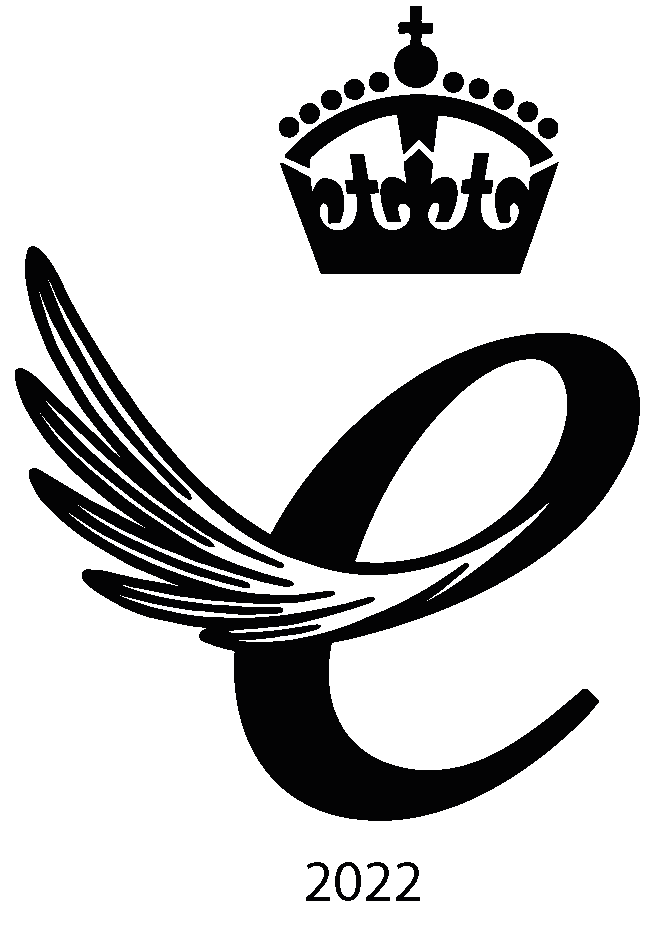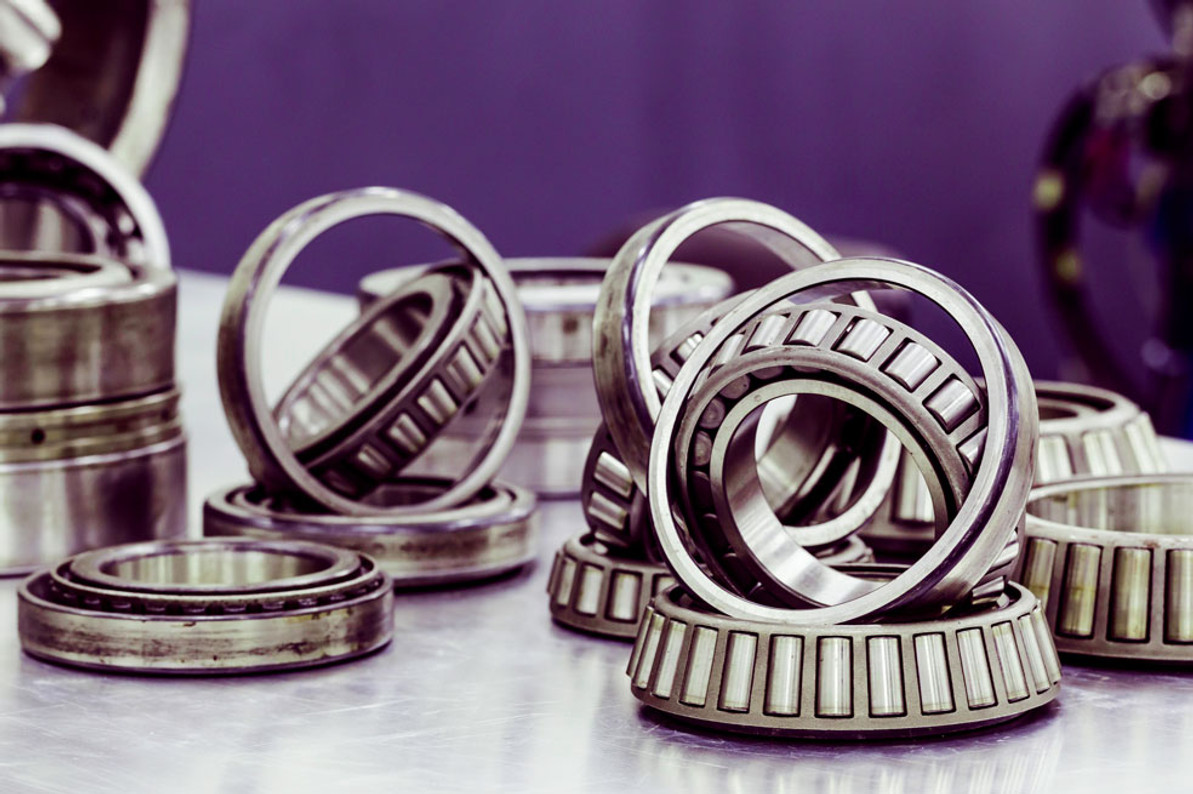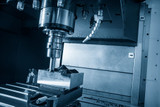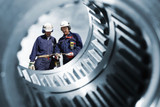A Step-By-Step Guide To Fitting Bearings Properly
Bearings are the critical parts of countless mechanical applications, from the wheels on cars to the gears in heavy machinery. Proper bearing installation is critical to ensuring their longevity and maximum performance. Incorrect fitting can lead to premature failure, costly downtime, and potentially hazardous situations. At Quality Bearings Online, we understand the importance of getting it right the first time. This step-by-step guide will walk you through the correct process of fitting bearings, ensuring that you maximise their lifespan and efficiency.
How To Install Bearings
Step 1: Preparation and Inspection
Before you begin the bearing installation process, it’s essential to prepare and inspect all components.
Clean the Area and Components
Ensuring that the workspace and all components are clean and free from debris is a critical part of bearing installation. Any dirt, dust, or foreign particles can damage the bearing or cause improper seating. This will ultimately lead to reduced performance and premature failure.
Inspect the Bearing
Before fitting bearings, be sure to check the bearing for any signs of damage, such as scuffs, scratches, or deformation. Even a small imperfection can compromise the bearing’s performance. If you find any issues, replace the bearing rather than risking a faulty installation.

Verify Shaft and Housing Dimensions
Using precision measuring tools, confirm that the shaft and housing dimensions match the bearing specifications. Any deviation can lead to improper fitting, resulting in excessive wear or failure.
Step 2: Choose the Right Tools
Using the correct tools when fitting bearings is crucial for a successful bearing installation.
Bearing Heaters
If you’re working with an interference fit, using a bearing heater to expand the bearing is recommended. Heating the bearing evenly will allow it to slip onto the shaft without the need for excessive force. At Quality Bearings Online, we stock a range of top-quality SKF bearing heaters.
Presses and Arbour Presses
For smaller bearings, using a press ensures even pressure is applied, reducing the risk of damage. Ensure that the press plates are clean and flat to avoid any distortion of the bearing during installation.
Installation Kits
When considering how to fit bearings, installation kits, such as the TMFT36 by SKF are useful. They include a range of sleeves and adapters designed to apply force evenly to the bearing's inner and outer rings. This prevents undue stress and ensures that the bearing seats correctly.
Step 3: Bearing Installation Process
Now that you’ve prepared your workspace and tools, it’s time to begin the process of bearing installation.
Heat the Bearing (If Necessary)
If you’re using a bearing heater when fitting bearings, heat the bearing to the recommended temperature. This is typically around 80°C to 100°C (176°F to 212°F), but be sure to check the guidelines. Do not exceed this temperature to avoid altering the bearing's metallurgical properties.
Position the Bearing
Carefully align the bearing with the shaft or housing. Misalignment can lead to uneven loads and potential failure. Before fitting bearings, ensure that the bearing is square to the shaft or housing.
Apply Force Evenly
Using your selected mechanical or hydraulic fitting tool, apply force evenly to the bearing. Here at Quality Bearings Online we stock the TMFT36 - SKF Bearing Fitting Tool Kit, a highly recommended mechanical tool. If using a press, slowly press the bearing into place, ensuring that it remains square and aligned throughout the process. If using a bearing heater, the bearing should slip onto the shaft with minimal force. Never hammer the bearing directly, as this can cause damage to the races or rolling elements.
Cool Down
Allow the bearing to cool naturally. This is an often-forgotten and rushed process during bearing installation. Avoid rapid cooling, as this can introduce stresses into the bearing material. Once cooled, the bearing should be firmly seated with no play or movement possible.
Step 4: Post-Installation Checks
After bearing installation, it's essential to carry out a few checks to ensure everything is in order.
Check for Proper Seating
After fitting the bearing, inspect the bearing to ensure it is properly seated against the shoulder of the shaft or within the housing. There should be no gaps, and the bearing should sit flush.
Test for Smooth Operation
Rotate the shaft or bearing by hand to check for smooth operation. There should be no resistance, binding, or noise. Any of these could indicate damage or improper bearing installation.
Lubricate the Bearing
Apply the appropriate lubricant according to the manufacturer's recommendations. Proper lubrication is critical for the bearing’s operation and longevity. Ensure that the lubricant is clean and free from contaminants. Read our blog on Bearing Lubrication for more information.
Step 5: Maintenance and Monitoring
Even with a perfect bearing installation, regular monitoring and maintenance are critical to its lifespan.
Regular Inspections
Regularly inspect the bearing for signs of wear, overheating, or contamination. Early detection of issues can prevent costly failures. This is an important follow-up after fitting bearings.
Re-lubrication
Depending on the application, bearings may require periodic re-lubrication. Adhere to the manufacturer’s guidelines on the frequency and type of lubricant to use before lubricating the bearing.
Vibration Analysis
For critical applications, consider using vibration analysis from a basic condition monitoring tool. Abnormal vibrations can indicate issues such as misalignment, imbalance, or bearing wear.
Conclusion
Hopefully, this blog has helped answer how to fit bearings correctly and has given you confidence!
Proper bearing installation is a meticulous process that requires attention to detail and the right tools. At Quality Bearings Online, we’re committed to providing high-quality bearings and the knowledge you need to install them correctly. By following this step-by-step guide, you can ensure that you are fitting bearings properly, maximizing their performance and lifespan.
Whether you’re a seasoned professional or a DIY enthusiast, understanding the importance of proper bearing installation is essential to keeping your machinery running smoothly. For all your bearing needs and expert advice, contact our expert Quality Bearings Online team today.
Recent Posts
-
A Step-By-Step Guide To Fitting Bearings Properly
Bearings are the critical parts of countless mechanical applications, from the wheels on cars to the …14th Nov 2025 -
Understanding Which Bearings To Use For Each Type of CNC Machine
In today’s advanced manufacturing landscape, CNC machines – whether for milling, drilling, grinding, …28th Oct 2025 -
How to Select the Right Engineering Bearings for Your Project
When undertaking any engineering project, selecting the right bearings is crucial to ensuring the pe …20th Aug 2025











